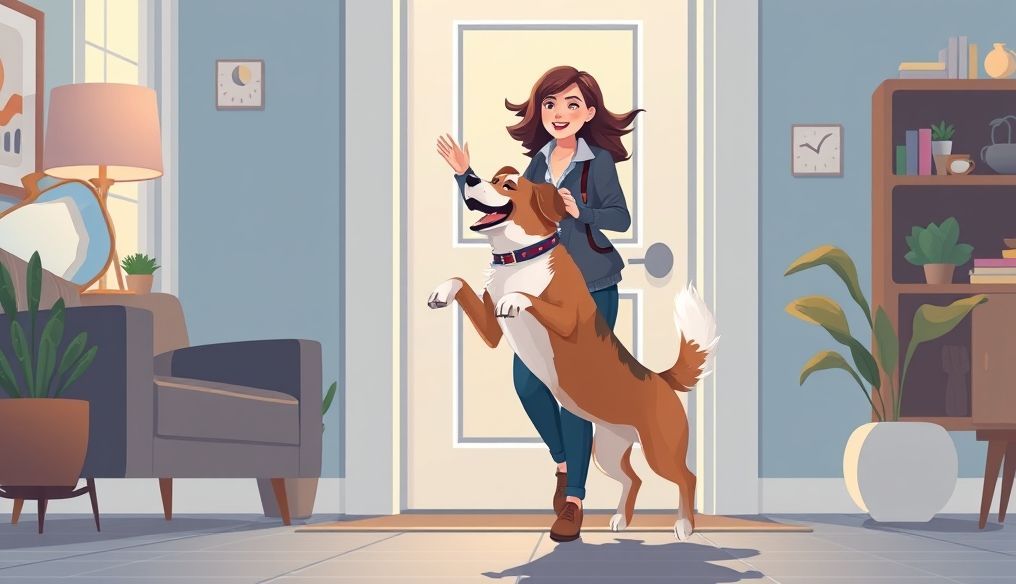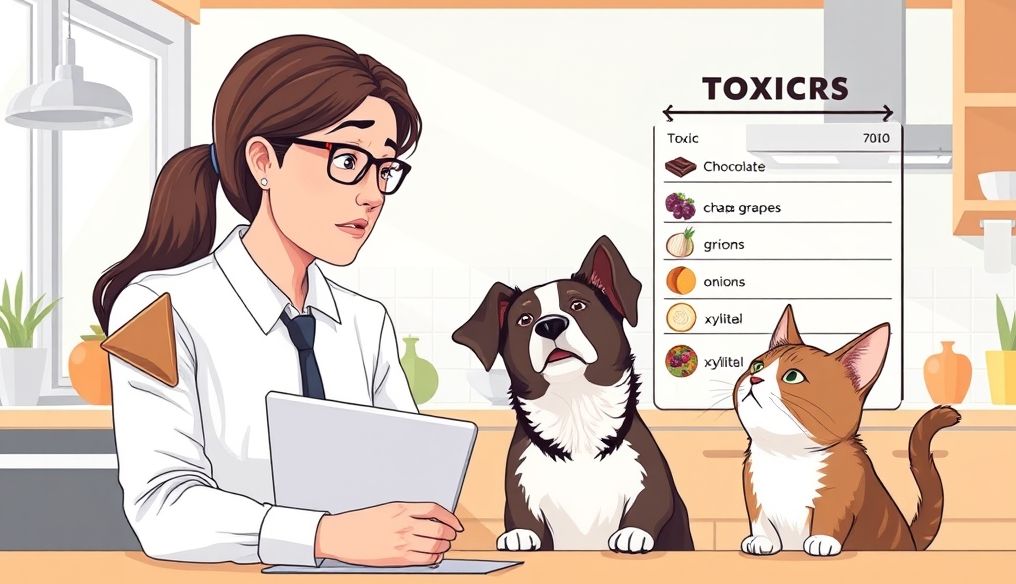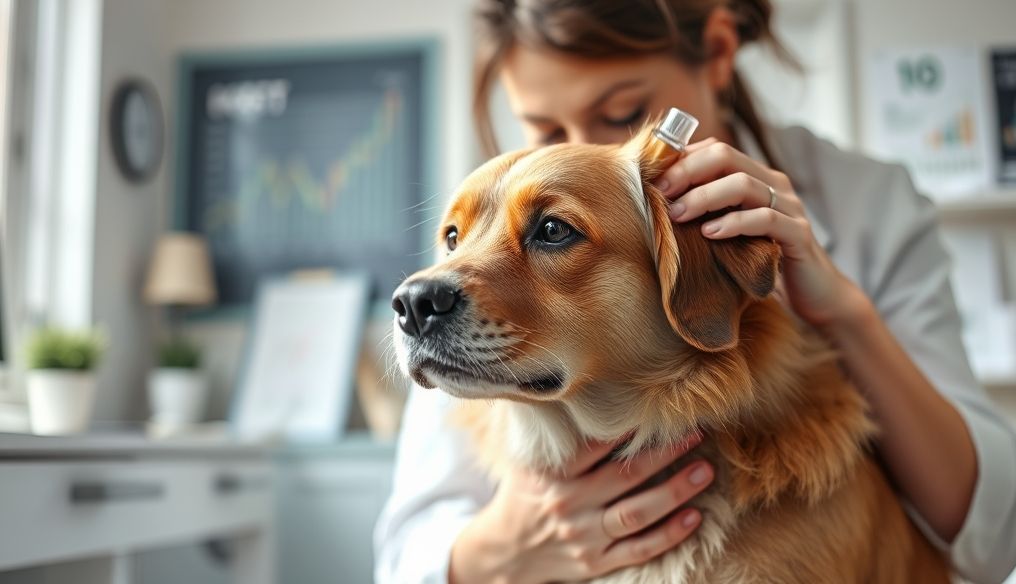Is Leaving Your Pet Alone at Home for Long Periods Really Harmful?
Pets, especially dogs and cats, have become an integral part of many families' lives. They provide companionship, unconditional love, and bring joy and warmth to our homes. However, in the midst of our busy lives, we often find ourselves having to leave our pets alone at home for extended periods. This raises the question: is this really harmful to them?
Chapter 1: Understanding Your Pet's Basic Needs
Before delving into the potential effects of leaving your pet alone, it's essential to understand their basic needs. These needs vary between species, breeds, and even individuals, but there are some commonalities:
- Companionship: Most pets are social animals and thrive on interaction with humans or other animals.
- Exercise: Pets need regular physical activity to maintain their health and fitness.
- Mental Stimulation: Boredom can lead to behavioral problems. Pets need mental stimulation through play, games, and other interactions.
- Security: Your pet should feel safe and secure in their environment.
- Food and Water: Constant access to clean water and appropriate food is essential.
Chapter 2: Psychological Effects of Leaving Pets Alone
When you leave your pet alone for extended periods, they can experience a variety of psychological problems:
1. Anxiety and Depression
Prolonged separation from their owner can lead to separation anxiety and depression. Symptoms include excessive barking or howling, destruction, urination or defecation in the house, and apathy.
Statistics: Studies suggest that around 14% of dogs suffer from separation anxiety.
2. Boredom and Frustration
Without proper stimulation, your pet can become bored and frustrated, leading to destructive or aggressive behaviors.
3. Loneliness
Pets are social animals, and loneliness can negatively impact their mental health. It can lead to isolation and withdrawal.
Chapter 3: Physical Effects of Leaving Pets Alone
In addition to the psychological effects, leaving your pet alone for extended periods can also affect their physical health:
1. Obesity
Lack of physical activity can lead to obesity, increasing the risk of heart disease, diabetes, and joint problems.
2. Urinary Tract Problems
If your pet is unable to urinate or defecate regularly, they may develop urinary tract problems.
3. Digestive Issues
Stress and anxiety can lead to digestive problems, such as diarrhea or constipation.
Chapter 4: The Safe Duration to Leave Your Pet Alone
There is no one-size-fits-all answer to this question, as it depends on various factors, including:
- Type of Pet: Dogs typically need more attention than cats.
- Age of Pet: Puppies and kittens need more care than older animals.
- Pet's Personality: Some pets are more independent than others.
- Living Conditions: If your pet has plenty of space to move and play, they may be able to tolerate longer periods of solitude.
General Guidelines:
- Dogs: Adult dogs should not be left alone for more than 4-6 hours a day. Puppies need shorter breaks.
- Cats: Cats can be left alone for longer, but it should not exceed 24 hours.
Chapter 5: How to Mitigate the Effects of Leaving Your Pet Alone
If you have to leave your pet alone for extended periods, there are several ways to mitigate the negative effects:
- Provide Plenty of Toys: Interactive toys and puzzle toys can help keep your pet busy and entertained.
- Leave Music or the Television On: This can help provide some companionship and reduce feelings of loneliness.
- Hire a Pet Sitter or Dog Walker: A pet sitter or dog walker can visit your pet while you are away and provide food, water, play, and exercise.
- Use a Pet Camera: A pet camera can help you monitor your pet and talk to them remotely.
- Separation Anxiety Training: If your pet suffers from separation anxiety, consult a veterinarian or qualified trainer for help.
Chapter 6: Alternatives to Leaving Your Pet Alone
If possible, consider alternatives to leaving your pet alone:
- Bring Your Pet to Work: If your employer allows it, bringing your pet to work may be a good option.
- Work From Home: If possible, try working from home a few days a week.
- Find a Pet Companion: If your pet is lonely, getting a pet companion may be a good solution.
- Take Your Pet on Vacation: Many hotels and restaurants are pet-friendly.
Chapter 7: The Importance of Quality Time with Your Pet
Even if you have to leave your pet alone for extended periods, it's important to compensate for it by spending quality time with them when you are home. Play with your pet, take them for walks, pet them, and talk to them. These interactions help strengthen the bond between you and your pet and make them feel loved and secure.
Chapter 8: When Should You Consult a Veterinarian?
If you notice any changes in your pet's behavior or health, consult a veterinarian. These changes may be a sign of an underlying medical or psychological problem.
"Pets bring joy and companionship to our lives, and it is our responsibility to ensure their needs are met." - American Veterinary Medical Association




